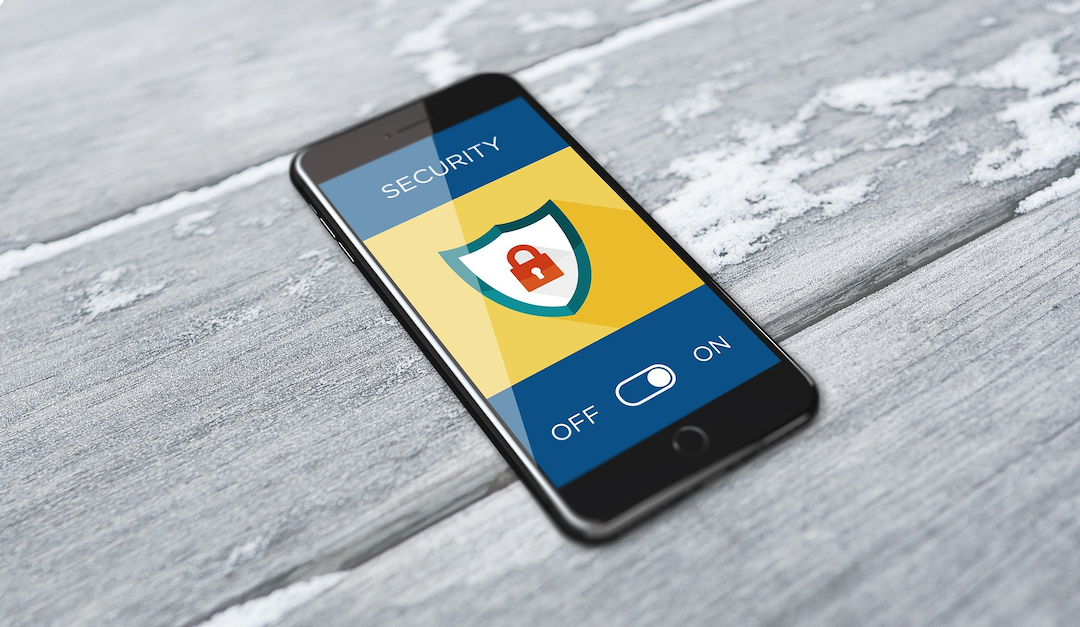
The business leaders deal with the bulk volume of data and the security risks that come with it produced by the employees. Since humans are the weakest security link within an organization, data loss is often linked to employees. A report reveals that 63% of the employees admitted using the previous workplace data in their current job. This opens the door to more vulnerabilities and threats; in fact, most of these employees themselves threaten their previous work organization.
The consequences of these insider threats are devastating for an organization. Insider threats are not new but are considered the biggest cybersecurity threat to firms and organizations.
Concerns Around Insider Threats
Insider threat attacks are a growing and serious concern that most organizations experience. A Wall Street Journal Research Survey reveals that 67% of cybersecurity executives are concerned about malicious employees.
The IT systems are becoming complex and overloaded, so the security teams are under pressure to give off maximum results without adequate training. This can come off as a threat vector that provides pathways to conduct activities accidentally or maliciously. Insider Threat Report reveals that most insider threats originate from phishing emails, poor password management practices, unauthorized access, and orphaned accounts.
An insider threat can easily bypass physical security controls. They have legitimate rights to access the data to carry out the organization's daily tasks. Recognizing these malicious staff and activities is extremely difficult and time-consuming. The damage is already done until the teams identify them.
The risk of insider threats is vast, including identity theft, data theft, financial fraud, and the spreading of malware. Moreover, these incidents can also lead to data breaches and expose sensitive information like PII, IP, and Mac addresses.
According to 2021 stats, 98% of organizations are prone to insider threat attacks, while 50% of the firms reported experiencing insider attacks yearly. This makes insider threat cases up to 23% of all cybercrimes. The damage caused by an insider attack is higher than most cybercrimes.
However, 82% of enterprises fail to determine the loss caused by an insider threat attack. These threats are predicted to cost organizations annually $15.4 million in 2022. Moreover, a survey found that an organization's insider threat attack costs more than $1 Billion. These threats are costly, so organizations must identify and respond to them effectively.
As the security threat landscape changes, the number of insider threat attacks also rises. Thus, companies need to stay alert and informed about these threats.
How to Defend Against Insider Threats?
Whether insider threat attacks are accidental or malicious, they will continue to evolve and rise within an organization. However, companies can play an active role in preventing these attacks.
Below are some of the best practices to prevent insider threats and maintain the security of your sensitive data:
1. Implement Zero Trust Policy
Adopting a zero-trust approach can help organizations manage and take effective actions against insider threats. Many employees work remotely, or the organizations operate in a hybrid cloud environment. This further increases the risk of insider threats. A Zero-trust approach constantly verifies all users, proactively detects exploits, and reduces exposure to data breaches and potential threats.
2. Recognize the Risky Actors and Respond to Suspicious Behavior
Another essential step that you can take to defend against insider threats is continuously monitoring the security systems for any suspicious activities according to the incident response policy. Thoroughly monitor the remote access to the organization's infrastructure. Ensure to configure alerts notifications to remain informed about any uncertain happening and respond promptly. Using user behavior analysts is one way to detect risky threat actors and respond efficiently.
3. Implement a Strict Password Management Policy
All the users within the organization should follow a strict password management policy to prevent insider threat attacks and risks. Users should use their passwords and avoid sharing them with anyone else. Since 81% of data breaches happen because of weak passwords, each user should create random, unique, and difficult-to-break passwords for their accounts. Moreover, employees need to update their passwords after three months. If the users are not good enough at creating and remembering passwords, they can consider using password managers.
4. Deploy Physical Security Within the Work Environment
The security team needs to hire security professionals to ensure that everyone within the organization follows the designed security policies. Like, employees must avoid giving their credentials or access to sensitive information to any unauthorized or suspicious-looking person. They can install screen locker software on the users' system so they can't do anything that can put the business at risk.
5. Insider Threats Awareness
Another best solution to prevent insider threats is to include insider threats training and awareness programs in their overall security plan. Train all employees about social engineering and other threat vector tactics. Also, encourage them to report such attacks or any suspicious activity and behavior they notice about people around them. You can also conduct tests to check if the employees can identify the attacks.
The Future of Insider Threat Attacks
The upcoming time will bring more challenges for the security teams as the risk of insider threat attacks continues to rise. This gives rise to new concerns and challenges. One prime concern is the frequent adoption of cloud and mobile technologies in the organizational environment. Using such devices makes the security teams more difficult as detecting the threat vectors would become more complex.
However, early detection is the only way to deal with these future challenges. Also, the cybersecurity teams need to prepare a multidimensional defensive strategy to mitigate these challenges.
An effective insider threat detection system also includes several tools to monitor insider behavior and filter out alerts and false results.
Machine learning and artificial intelligence technologies need to be implemented to help detect and prevent insider threat attacks because they can cause significant damage.
They analyze the data and also prioritize the security alerts. In addition, behavior anomalies help defect when a user becomes an insider threat and warn the team to take effective measures.
Final Thoughts
Insider threats keep on rising and are coming in new forms. They can either be planned, unplanned, malicious, or even accidental. Regardless, the form must have the evil purpose of causing billions of dollars to an organization and tarnishing its reputation. However, by integrating strong security policies like practicing strong password policies, a zero-trust approach, and using ML systems, businesses can reduce the risks of insider threat attacks.
Share this post
Leave a comment
All comments are moderated. Spammy and bot submitted comments are deleted. Please submit the comments that are helpful to others, and we'll approve your comments. A comment that includes outbound link will only be approved if the content is relevant to the topic, and has some value to our readers.


Comments (0)
No comment